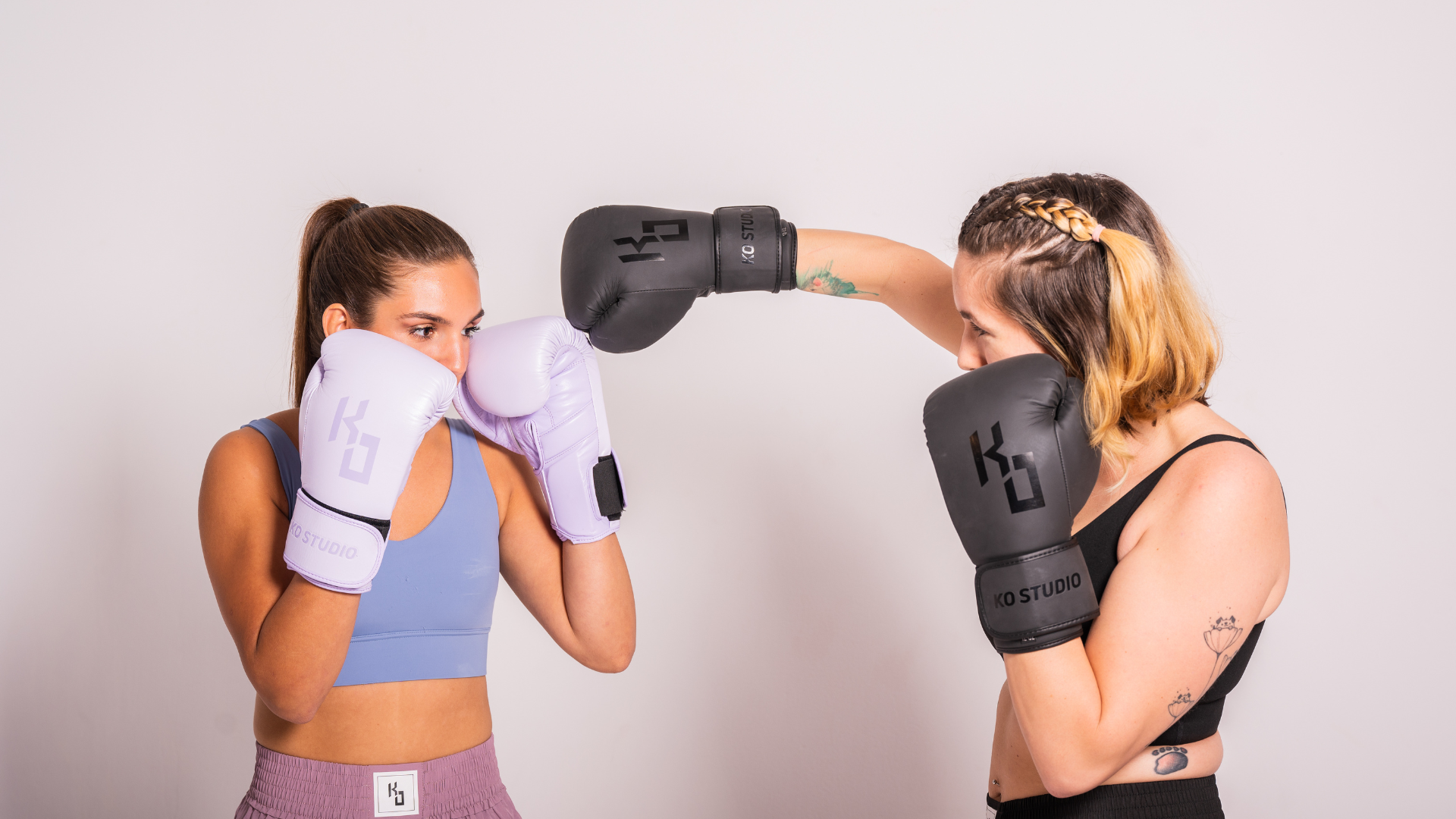The Pink Tax in Sports: How It Affects Female Athletes
Sports equipment plays a crucial role in an athlete’s performance, but when it comes to pricing, women often face an unfair disadvantage. The Pink Tax—a systemic price difference where products marketed to women cost more than similar or identical ones for men—has long been an issue in consumer goods. Unfortunately, this pricing disparity extends into the sports industry, affecting everything from gear and apparel to sponsorship opportunities and training resources.
While some differences in men’s and women’s sports equipment are necessary due to anatomical variations, the reality is that many products marketed to women are either unnecessarily expensive or lower in quality. This not only creates financial hurdles for female athletes but also sends a discouraging message about the value of women’s sports.
Why Men’s and Women’s Sports Equipment Differs
To understand the Pink Tax in sports, we first need to acknowledge the legitimate differences in men’s and women’s sports equipment. Women generally have smaller frames, different muscle distribution, and distinct biomechanics, which means that sports gear should be designed with these factors in mind. However, this doesn’t mean that companies should simply shrink men’s gear and call it a day—proper design requires adjusting proportions while maintaining performance and comfort.
Some key differences include:
-
Shoes: Women’s running shoes are often designed with a narrower heel, wider forefoot, and softer cushioning to accommodate the way women’s feet land when they run. However, these modifications are often accompanied by higher price tags, despite using the same materials as men’s versions.
-
Apparel: Women’s sports clothing is typically lighter and more flexible, tailored to fit different body shapes. But size availability is often limited, making it harder for female athletes to find well-fitting gear.
-
Equipment: Items like tennis rackets, golf clubs, and even boxing gloves are sometimes adjusted for size and weight to better suit women’s hands and grip strength. However, the price difference is often disproportionate to the actual design changes.
While these adjustments are necessary for performance, they are frequently used as an excuse to mark up prices, leading to the unfair financial burden known as the Pink Tax.
How the Pink Tax Affects Female Athletes
The Pink Tax isn’t just about a few extra dollars on a purchase—it has a ripple effect on female athletes’ careers and opportunities. Some of the biggest issues include:
1. Higher Costs for Essential Gear
Women’s versions of sports gear—from running shoes to workout leggings—are often priced higher than men’s, even when the materials and functionality remain the same. For example:
-
Women’s sneakers can cost more than men’s, despite having nearly identical construction.
-
Sports jerseys and team uniforms for women are often more expensive than men’s versions, despite being smaller in size.
-
Fitness accessories such as yoga mats, water bottles, and weights are frequently marked up just because they feature pink or “feminine” designs.
2. Limited Sponsorship and Funding
While male athletes often receive generous sponsorships, female athletes face fewer opportunities. This means they must pay out of pocket for their gear, travel, and training—expenses that are further inflated by the Pink Tax.
3. Psychological Impact
Beyond the financial burden, the Pink Tax reinforces the idea that women’s sports are less valuable than men’s. When female athletes see their gear treated as an overpriced afterthought—often plastered in pink rather than designed to enhance their performance—it can feel dismissive and discouraging.
Breaking the Cycle: How We Can Fight the Pink Tax
Eliminating the Pink Tax in sports requires awareness, advocacy, and smarter consumer choices. Here’s how female athletes can push for change:
-
Demand Transparency: Question pricing for women’s gear and call out disparities when they occur. If a product costs more simply because it’s marketed to women, let brands know that consumers won’t tolerate it.
-
Shop Smart: Compare prices across brands and consider unisex or men’s options when possible. Often, the same quality can be found at a lower price.
-
Support Ethical Brands: Choose companies that prioritize function over stereotypes and price their products based on quality, not gendered marketing.
-
Advocate for Change: Use social media, petitions, and direct feedback to pressure brands and policymakers to recognize and address the Pink Tax in sports.

KO Studio: Challenging the Pink Tax in Sports
At KO Studio, we believe that women shouldn’t have to pay more for quality sports gear just because it’s labeled “for women.” Our mission is to make high-performance, well-designed sports equipment available at fair prices, ensuring that female athletes never have to settle—whether they prefer sleek black gear or a bold pink design.
We focus on function, style, and authenticity, ensuring that our products are priced based on their value—not outdated gender norms. By supporting brands that challenge the Pink Tax, we can help create a more inclusive and equitable sports industry, where women’s athletic potential is recognized and respected.
The Future of Women’s Sports Equipment
The fight against the Pink Tax is part of the broader movement for gender equality in sports. By raising awareness, demanding fair pricing, and supporting brands that prioritize performance over aesthetics, we can work toward a future where women’s sports gear is designed for athletes, not just for marketing.
Women deserve gear that empowers them, prices that respect them, and an industry that values their contributions. It’s time for the sports world to step up.





